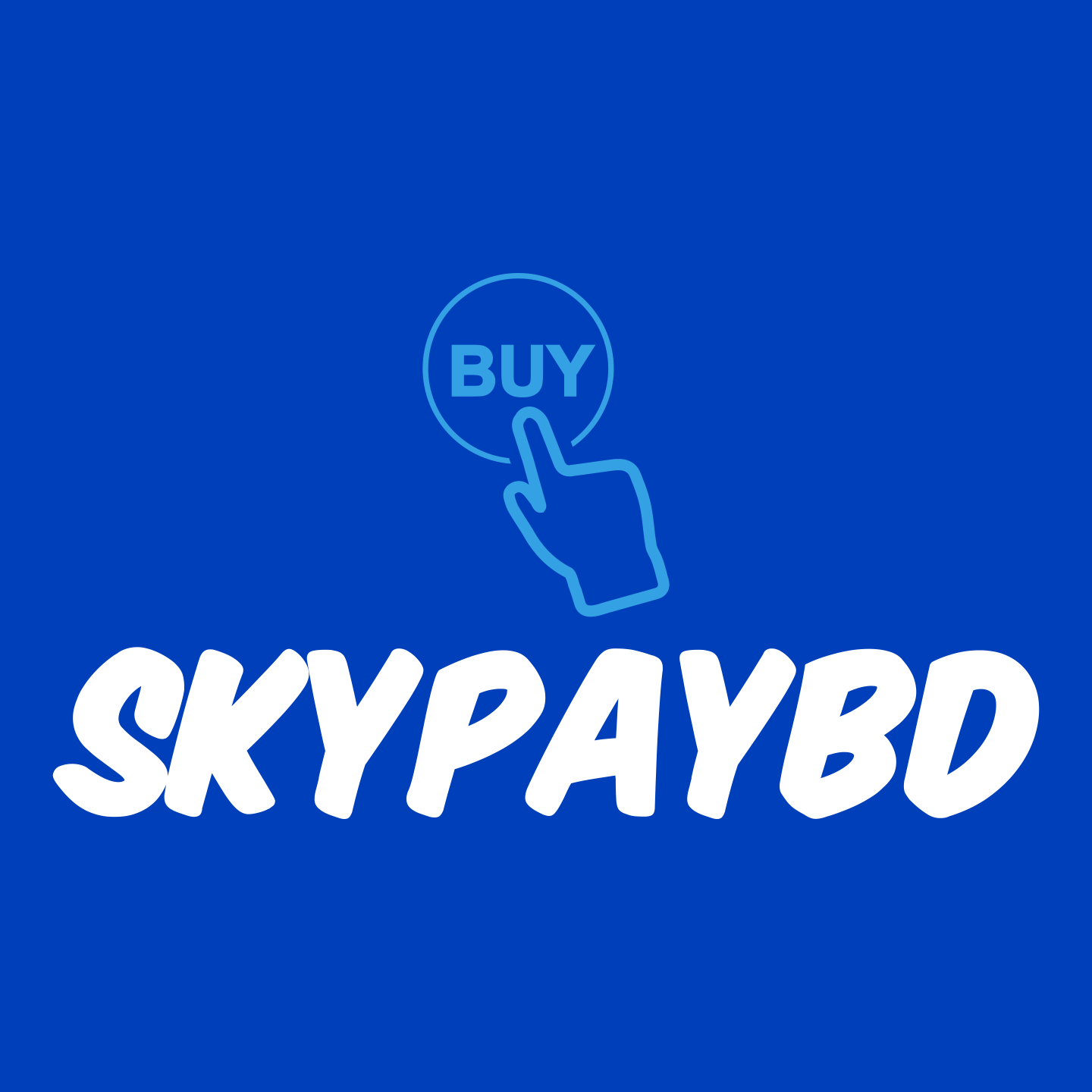Increasing business leads through advertising is essential for business growth, and the right strategies can help you attract qualified prospects efficiently. Whether you’re using online or offline methods, focusing on targeted and compelling advertising can significantly boost your lead generation efforts. Here’s a guide to help you increase your business leads through advertising:
1. Target the Right Audience
- What it is: Identifying and focusing your advertising efforts on the specific demographic most likely to be interested in your product or service.
- Why it works: Targeted ads help you reach potential customers who are already interested or looking for what you offer, leading to better conversion rates and more leads.
- How to do it:
- Define your ideal customer (age, gender, interests, geographic location, etc.).
- Use targeted advertising options on platforms like Google Ads, Facebook, or LinkedIn, which allow you to tailor ads to specific groups.
- Incorporate interest-based or behavioral targeting to reach users who have shown interest in similar products.
Example: If you sell fitness equipment, you can target individuals who have shown interest in fitness, wellness, and healthy living.
2. Use Lead Magnets
- What it is: A lead magnet is a free resource or incentive you offer to potential leads in exchange for their contact information (e.g., email address, phone number).
- Why it works: Lead magnets give users a reason to engage with your business and provide their contact details, allowing you to nurture those leads later.
- How to do it:
- Create valuable resources like eBooks, white papers, checklists, free trials, or webinars related to your industry.
- Ensure the lead magnet is relevant and addresses a problem or pain point your target audience is experiencing.
- Promote the lead magnet through your ads with a strong call-to-action (CTA).
Example: “Download our free guide on ‘10 Ways to Improve Your Marketing Strategy’ by entering your email below.”
3. Leverage Paid Search Advertising (PPC)
- What it is: Pay-per-click (PPC) advertising allows you to place ads on search engines like Google or Bing, paying only when users click on your ad.
- Why it works: PPC ads appear at the top of search results, capturing the attention of people actively searching for products or services like yours, resulting in highly qualified leads.
- How to do it:
- Research and use high-intent keywords that potential customers are likely to search for.
- Create compelling ad copy with a clear CTA, such as “Request a Free Quote” or “Get a Free Consultation.”
- Use ad extensions (e.g., phone numbers, sitelinks) to increase ad visibility and encourage clicks.
Example: For a plumbing business, a PPC ad could target keywords like “emergency plumber near me” and direct users to a contact form or phone number.
4. Run Social Media Ads
- What it is: Advertising on platforms like Facebook, Instagram, LinkedIn, and Twitter allows businesses to target users based on detailed demographics and interests.
- Why it works: Social media platforms have advanced targeting features that let you reach specific audiences, making it easier to attract the right people to your business.
- How to do it:
- Create visually appealing ads that resonate with your target audience.
- Use Facebook or Instagram ads to retarget users who have already visited your website, increasing the likelihood of conversion.
- Test different formats (carousel ads, video ads, or lead ads) to find the most effective way to capture leads.
Example: A beauty salon could run Instagram ads featuring a limited-time offer for new customers, targeting local users interested in beauty services.
5. Optimize Your Landing Pages
- What it is: A landing page is a standalone webpage designed to capture leads by prompting users to take specific actions, such as filling out a form or requesting a quote.
- Why it works: A well-optimized landing page will increase the likelihood that visitors will convert into leads by focusing on a single call-to-action.
- How to do it:
- Use a clear, engaging headline that immediately communicates the value of your offer.
- Keep the page design simple, with no distractions or unnecessary links that could lead users away from the page.
- Include testimonials, reviews, or social proof to build trust and credibility.
- Add a compelling CTA like “Get Started,” “Claim Your Free Consultation,” or “Download Now.”
- Make your lead capture form easy to fill out, only requesting essential information.
Example: A software company could create a landing page offering a free demo of its product, with a headline like “See How Our Software Can Improve Your Workflow – Book a Free Demo Now.”
6. Utilize Remarketing Campaigns
- What it is: Remarketing is the process of showing ads to users who have previously visited your website or engaged with your content but did not convert.
- Why it works: Remarketing keeps your business top of mind and encourages users to return to your site to complete their purchase or fill out a lead form.
- How to do it:
- Use platforms like Google Ads or Facebook Ads to create remarketing campaigns.
- Show tailored ads to visitors who abandoned their cart or didn’t complete a form on your website.
- Offer additional incentives, like discounts or exclusive offers, to encourage users to take action.
Example: A remarketing ad could say, “Still interested in our service? Get 10% off when you sign up today.”
7. Offer Time-Sensitive Promotions
- What it is: Time-sensitive offers encourage potential customers to take immediate action to take advantage of limited-time deals or promotions.
- Why it works: Urgency can motivate leads to act quickly, as they fear missing out on a valuable offer.
- How to do it:
- Promote limited-time discounts or bonuses through your ads (e.g., “Offer ends in 48 hours!”).
- Use countdown timers on your ads or landing pages to create a sense of urgency.
- Communicate scarcity, such as “Only 5 spots left for this promotion!”
Example: A digital marketing agency could run an ad offering a free website audit for the first 10 businesses that sign up.
8. Use Video Ads
- What it is: Video ads present your product or service through engaging visuals, storytelling, and demonstrations.
- Why it works: Video ads capture attention more effectively than static images, allowing you to convey your message in a more impactful way.
- How to do it:
- Create short, engaging videos that highlight your product’s benefits or demonstrate how it works.
- Include a clear CTA at the end of the video (e.g., “Click below to learn more”).
- Use platforms like YouTube, Facebook, Instagram, and LinkedIn to run video ads, targeting relevant audiences.
Example: A real estate company could create a video ad showcasing a new property listing, with a CTA to schedule a virtual tour.
9. Run Email Advertising Campaigns
- What it is: Email advertising involves sending targeted emails to potential leads or current customers with offers, promotions, or valuable content.
- Why it works: Email marketing allows you to reach people who are already interested in your business and can be a direct way to drive traffic and generate leads.
- How to do it:
- Build an email list through lead magnets or gated content on your website.
- Create personalized email campaigns with compelling subject lines and a strong CTA.
- Segment your email list by demographics or interests to make the content more relevant to the recipient.
Example: An online course provider could send an email with a subject line like, “Enroll Now – 50% Off Our Best-Selling Course for a Limited Time.”
10. Track and Optimize Your Advertising Campaigns
- What it is: Measuring the performance of your ads and optimizing them for better results.
- Why it works: Analyzing your campaigns lets you identify which ads are generating the most leads and which ones need improvement, helping you maximize your return on investment (ROI).
- How to do it:
- Use tracking tools like Google Analytics, Facebook Ads Manager, or other analytics platforms to monitor your ad performance.
- Track key metrics such as click-through rate (CTR), conversion rate, cost per lead (CPL), and return on ad spend (ROAS).
- A/B test different ad creatives, headlines, CTAs, and landing pages to find the best-performing combination.
Example: If a particular ad isn’t converting well, test a new headline or CTA to see if it improves lead generation.
Conclusion
Increasing business leads through advertising is about combining targeted strategies, engaging content, and optimizing every aspect of your ad campaigns. By focusing on audience targeting, crafting compelling offers, utilizing lead magnets, and consistently testing and improving your approach, you can effectively increase your leads and grow your business.


Leave a Reply